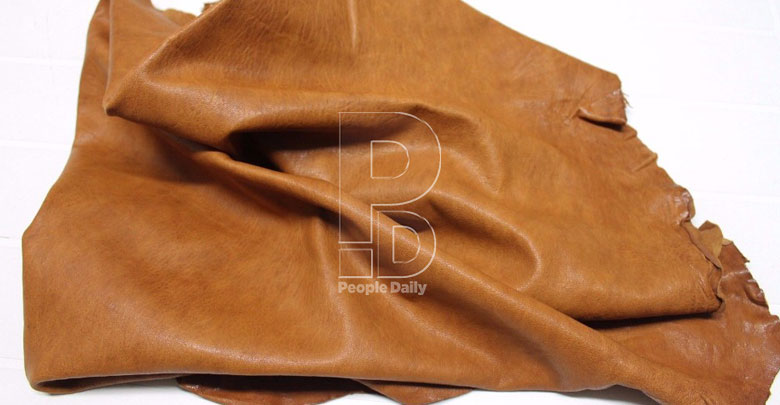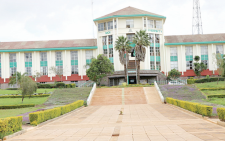Raw hides and skin exports rob farmers billions, says report

Local livestock small-scale farmers are losing money-minting opportunities in the global $150 billion (Sh15 trillion) hides and skins market due to lack of value addition.
Kenya exports 90 per cent of hides and skins in raw form thus denying local farmers premium prices in the international market. This has led to flooding of local market with cheap synthetic footwear imports.
A report released yesterday in Nairobi by Kenya Markets Trust revealed most hides and skins are left to waste or sold at throw-away prices.
The country only commands 0.14 per cent of the global leather market meaning farmers only earn Sh21 billion annually.
“This has been necessitated by inadequate incentives to invest in tanneries and leather manufacturing plants, and inadequate knowledge and skills for improving productivity.
And failure to attain market requirements,” said Chris Shimba lead author of the report titled “Political Economy Analysis of the Livestock Sector in Kenya”.
High value markets
He said local farmers are yet to tap into the high value markets like Europe, Asia, and America.
Kenya is the third largest holder of livestock stocks in Africa, behind Ethiopia and Botswana. According to Kenya Leather Development Council (KLDC), Kenya’s produces less 10 million pairs of shoes annually against a demand of 42 million pairs.
“Currently, based on the Government Agenda Four we are working on strategies to enhance value addition and thus strengthen farmers’ opportunities locally and internationally, said KLDC chief executive, Dr Issack Noor.
The country has 15 tanneries which are operating at 60 percent despite huge livestock population endowment the country is endowed with. Shimba said the leather industry is grappling with gross underfunding and inadequate staffing.










